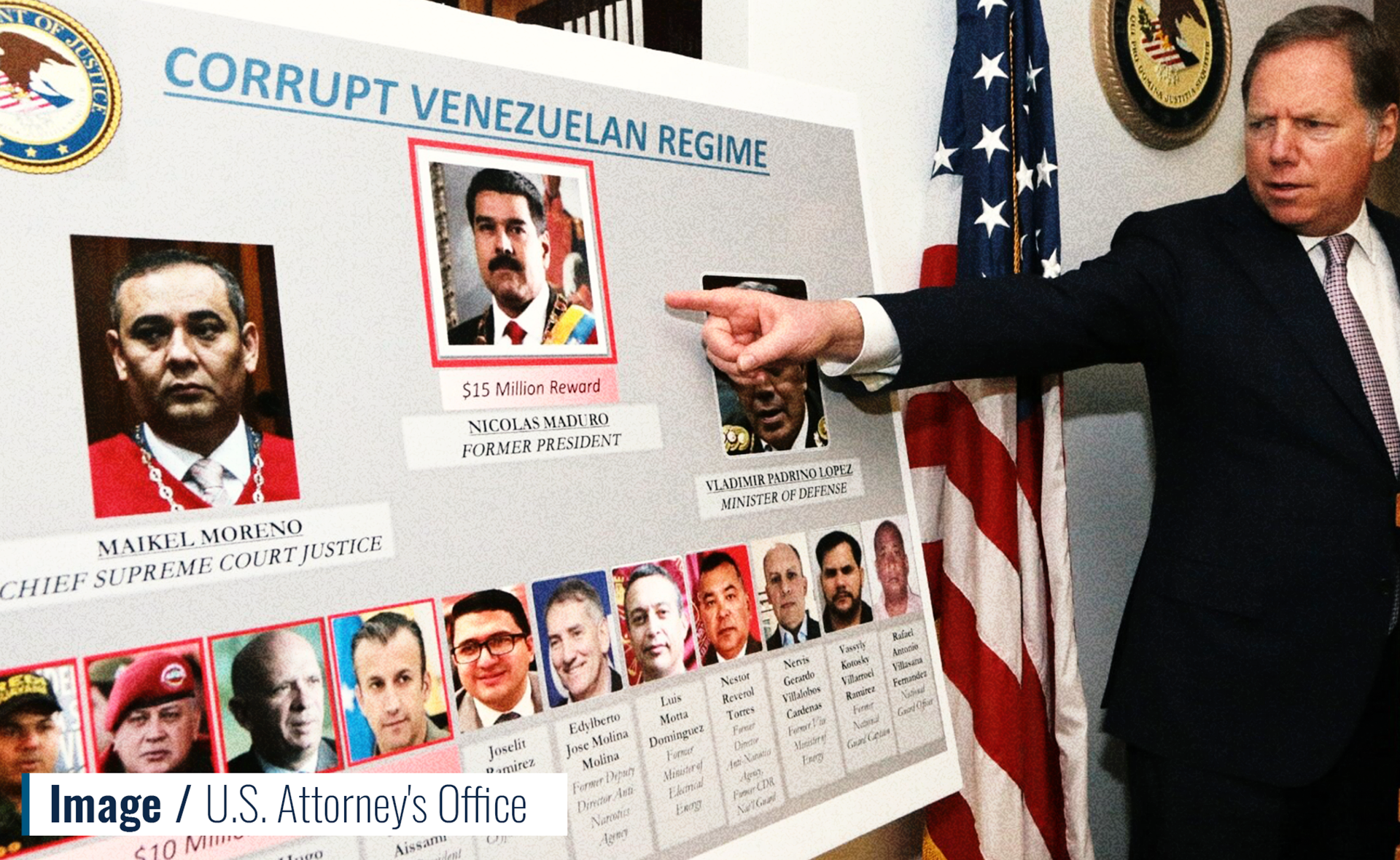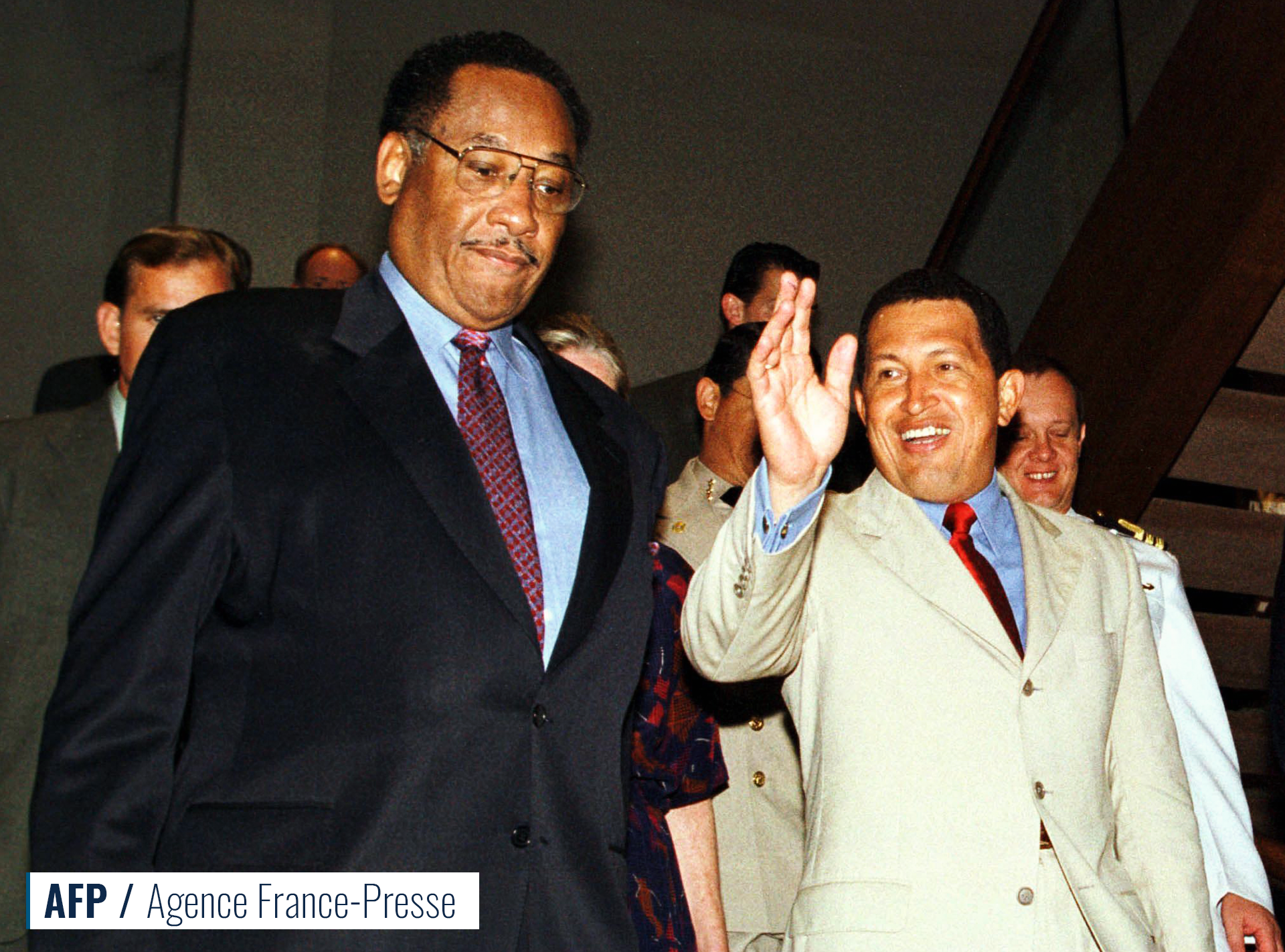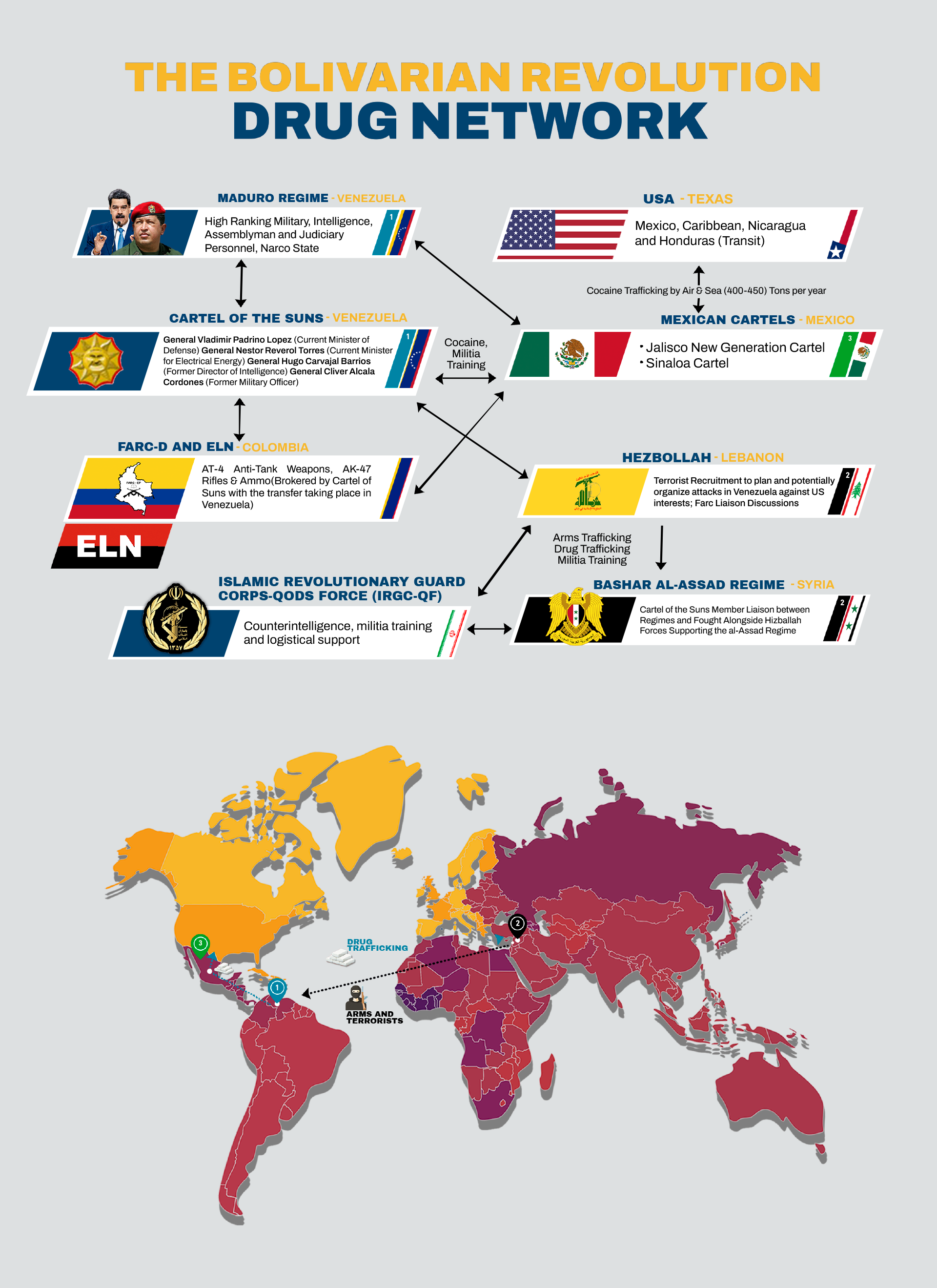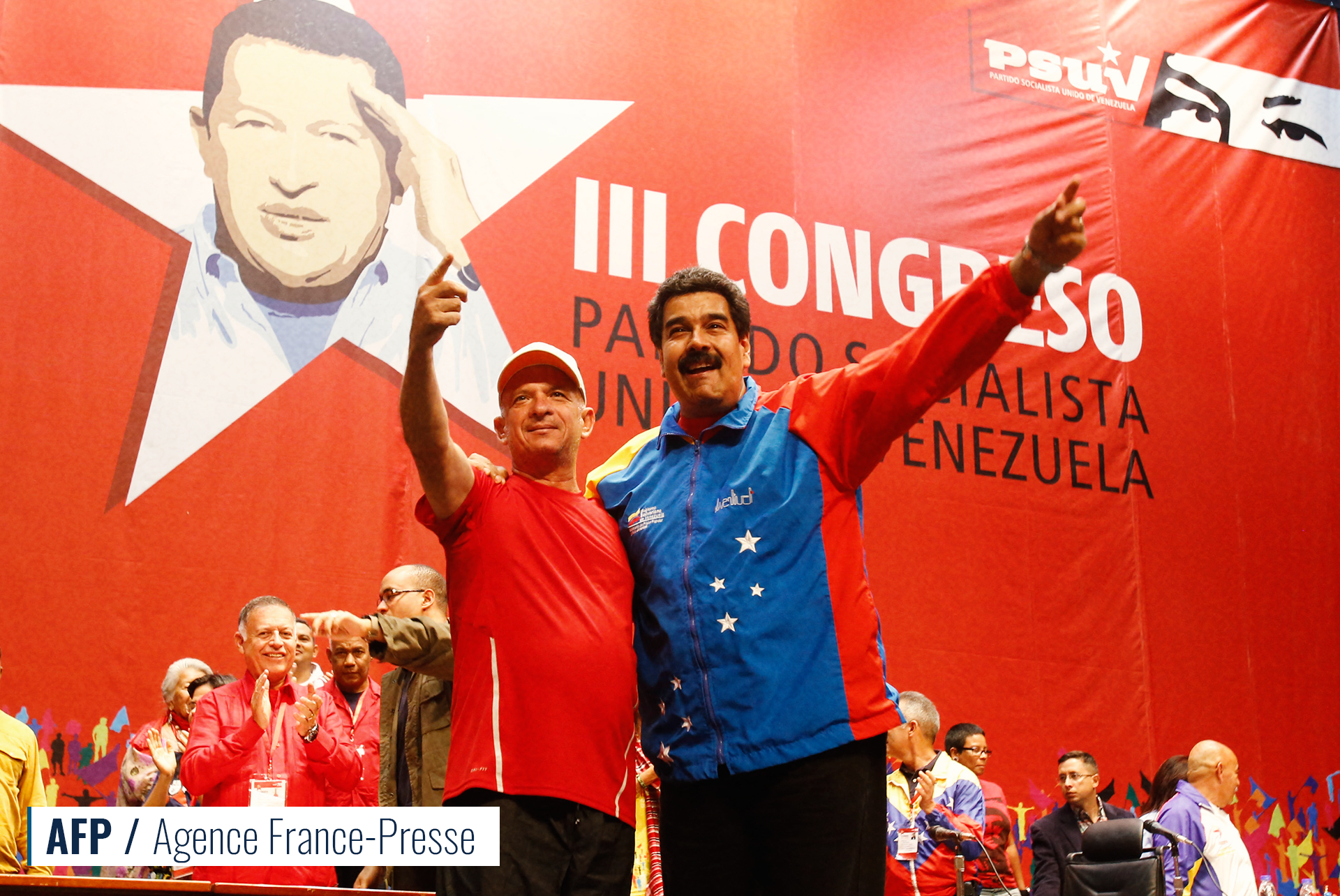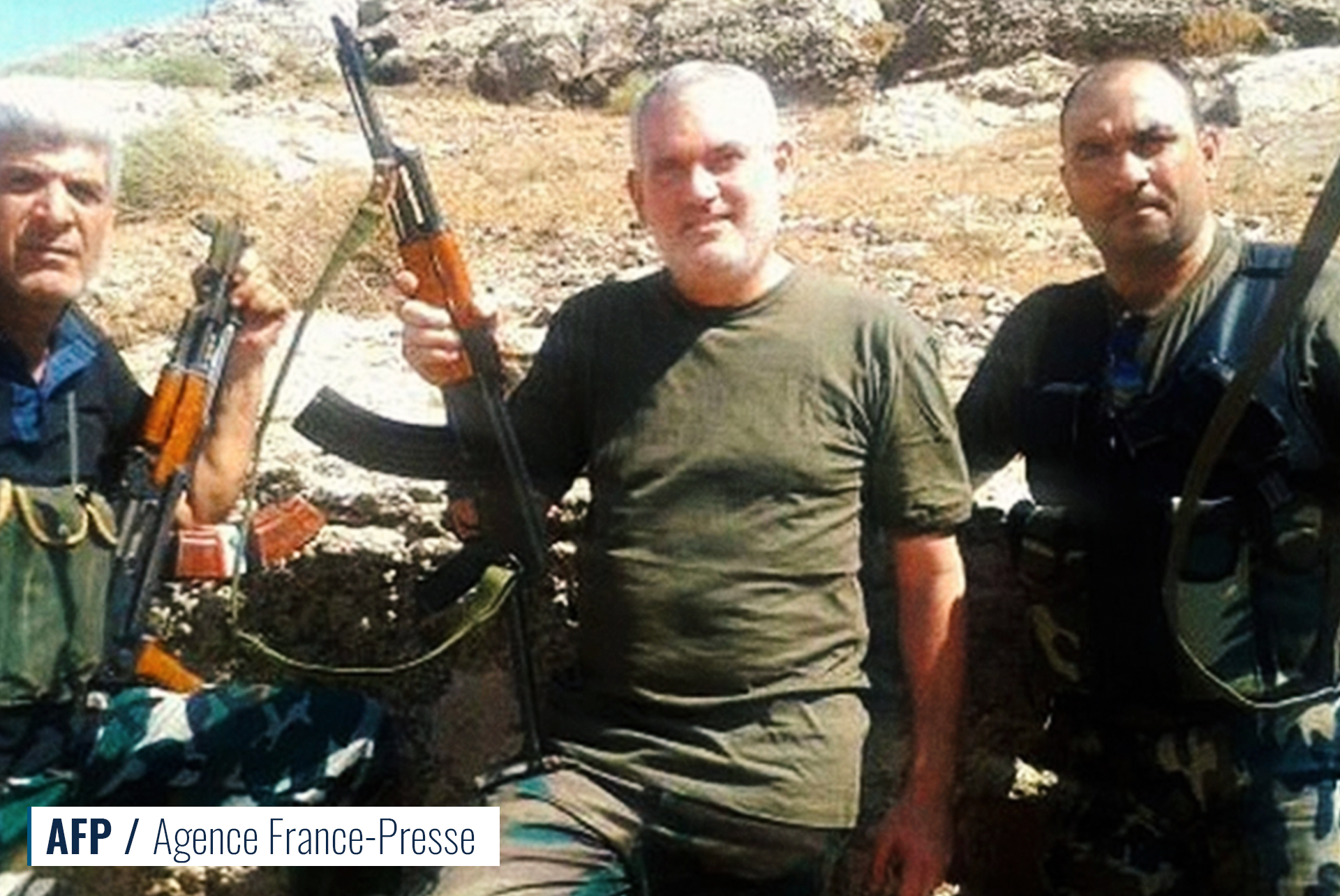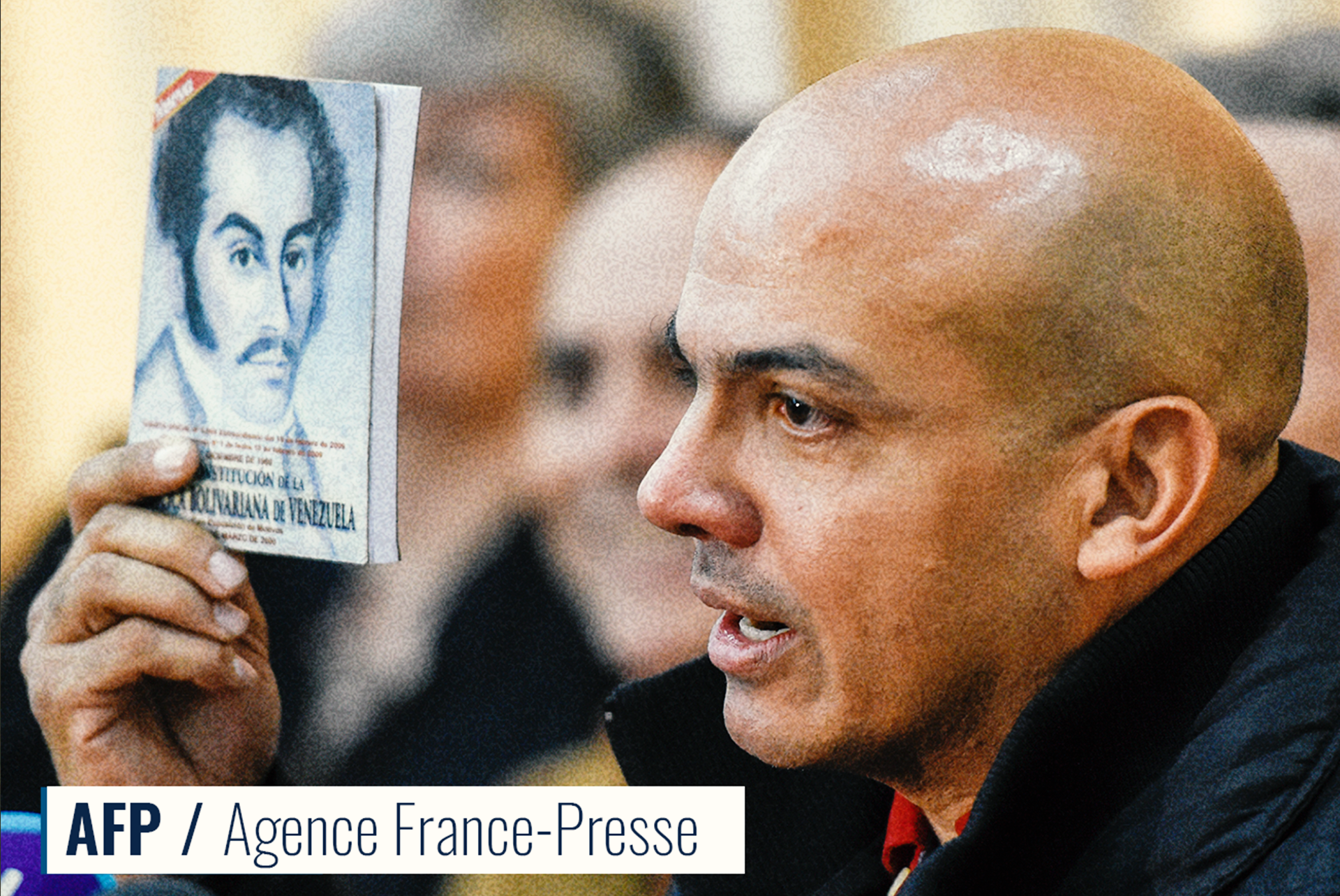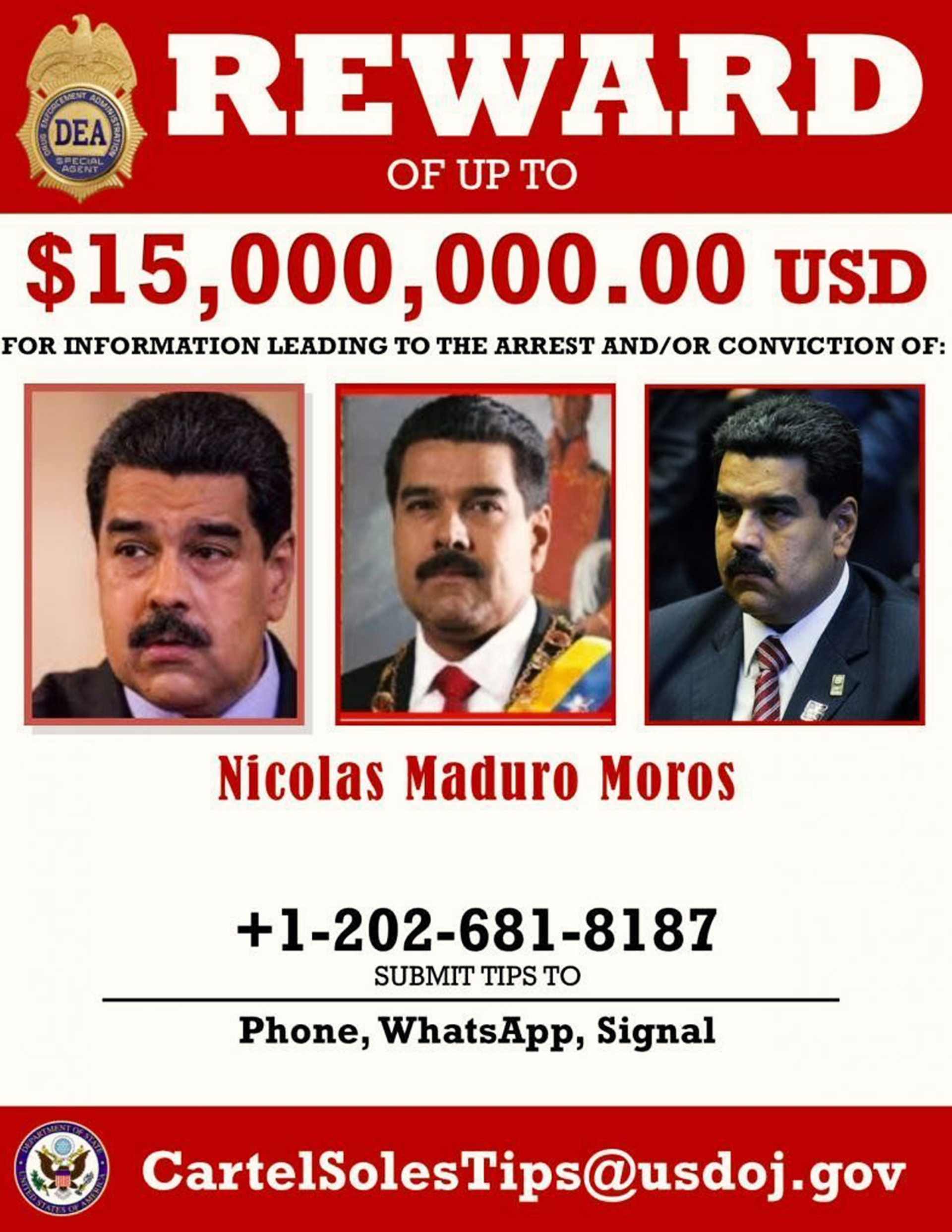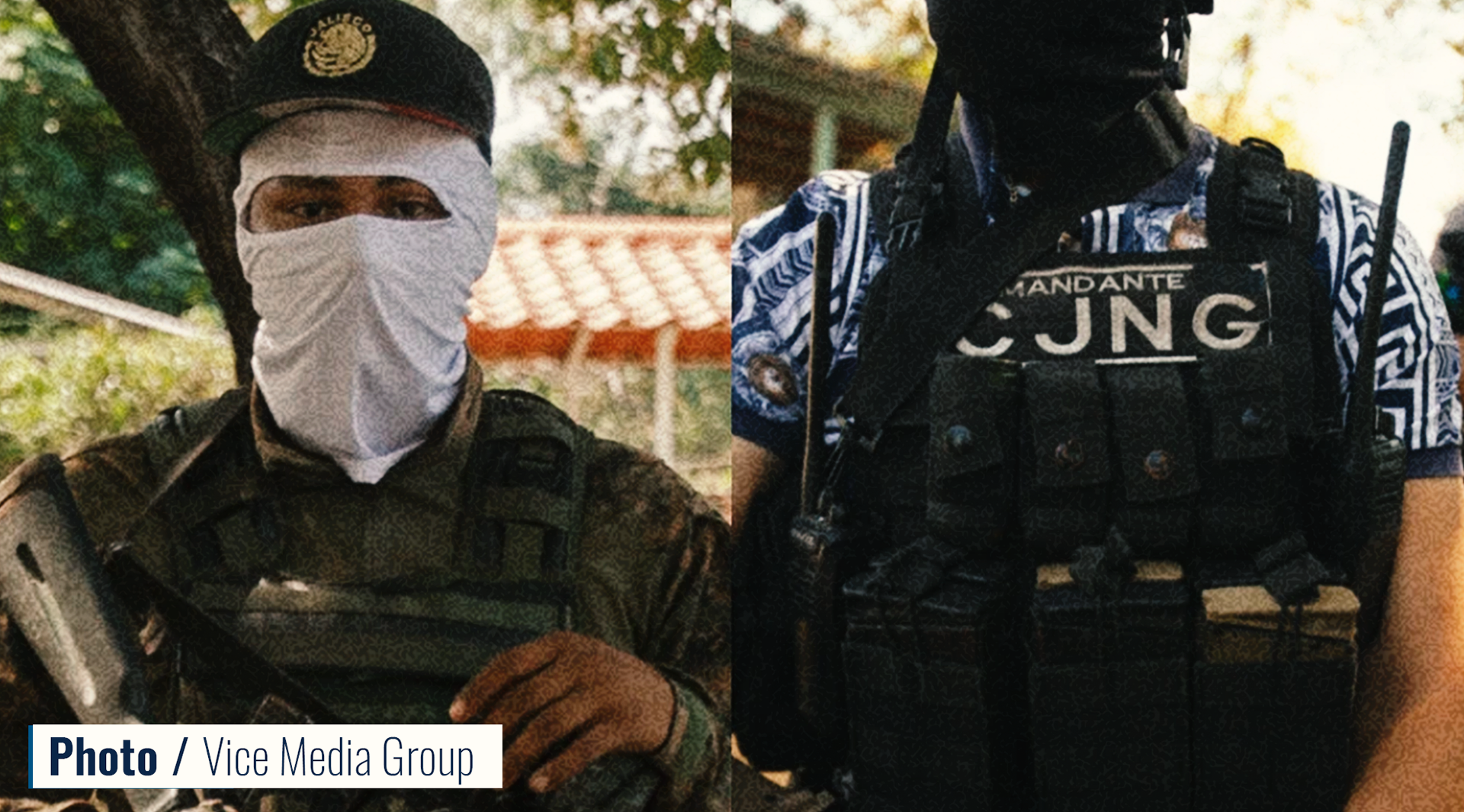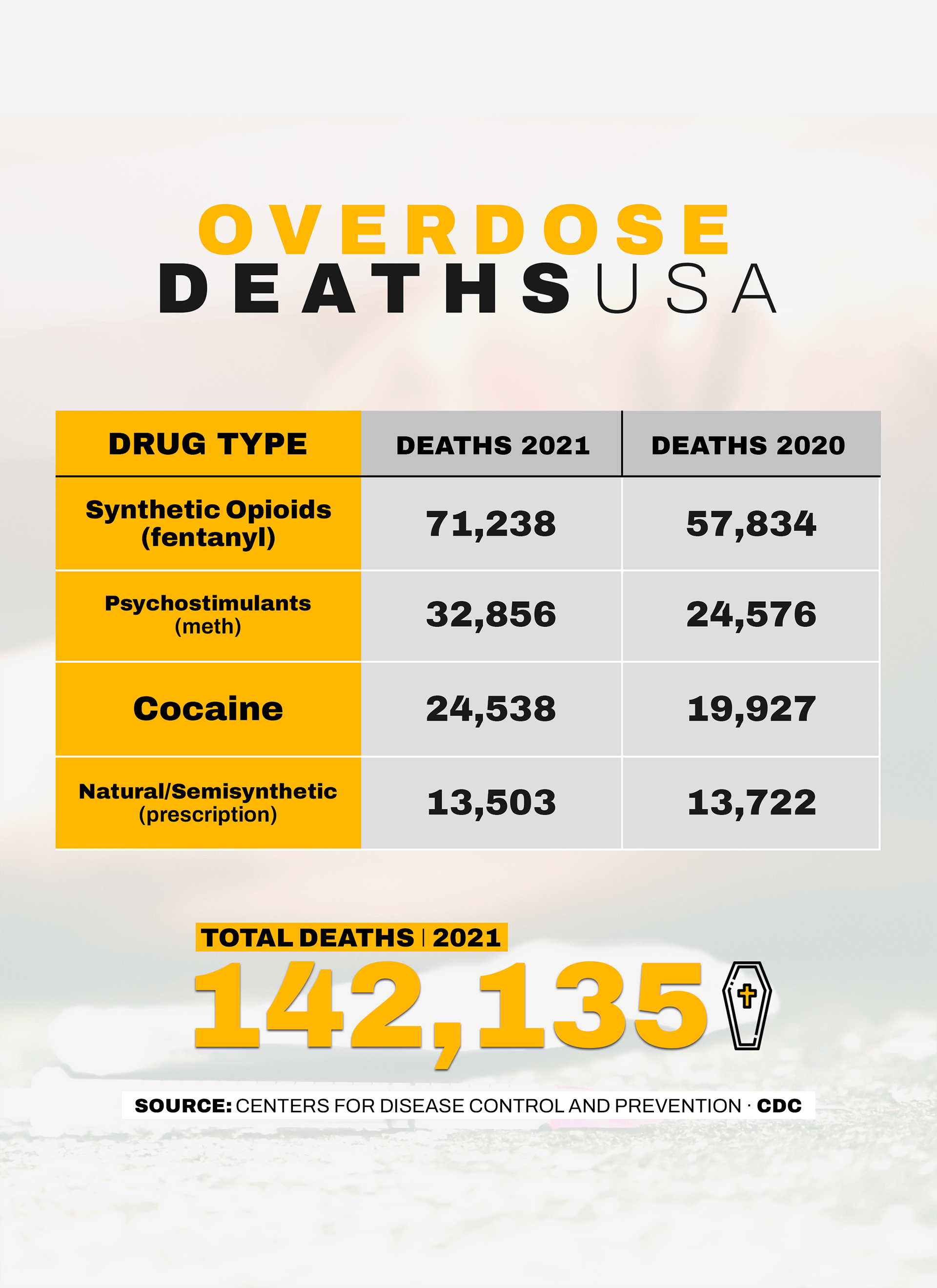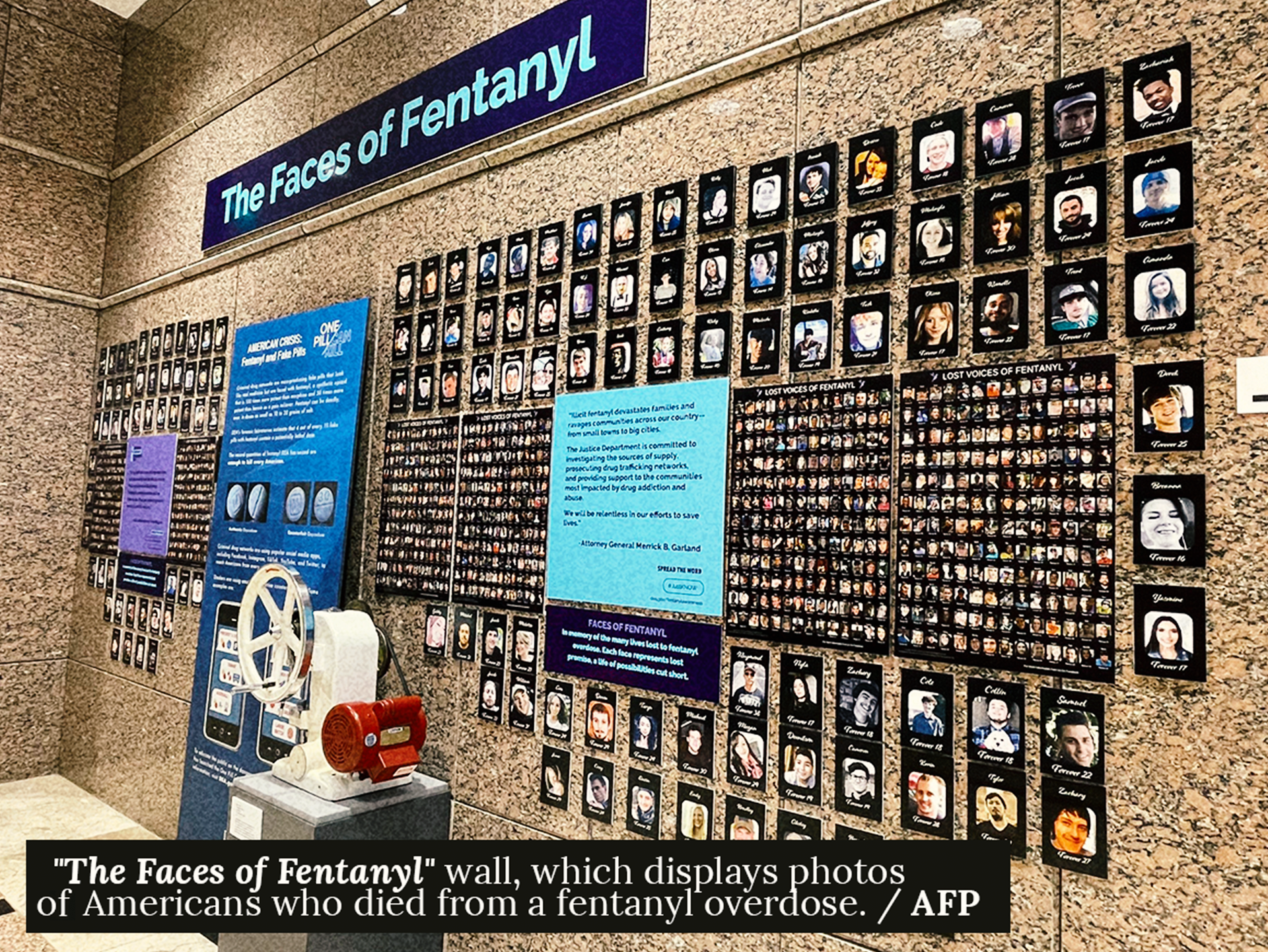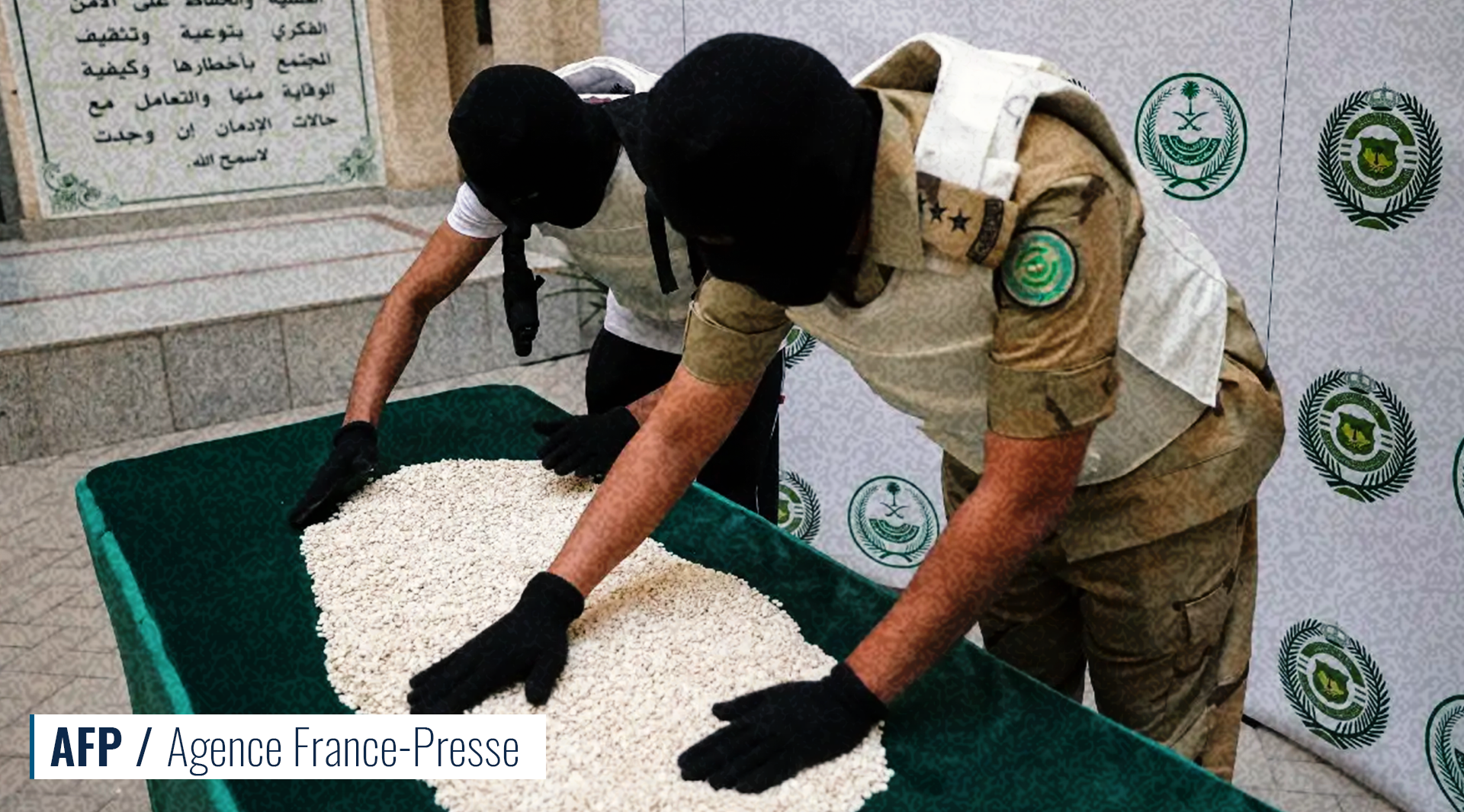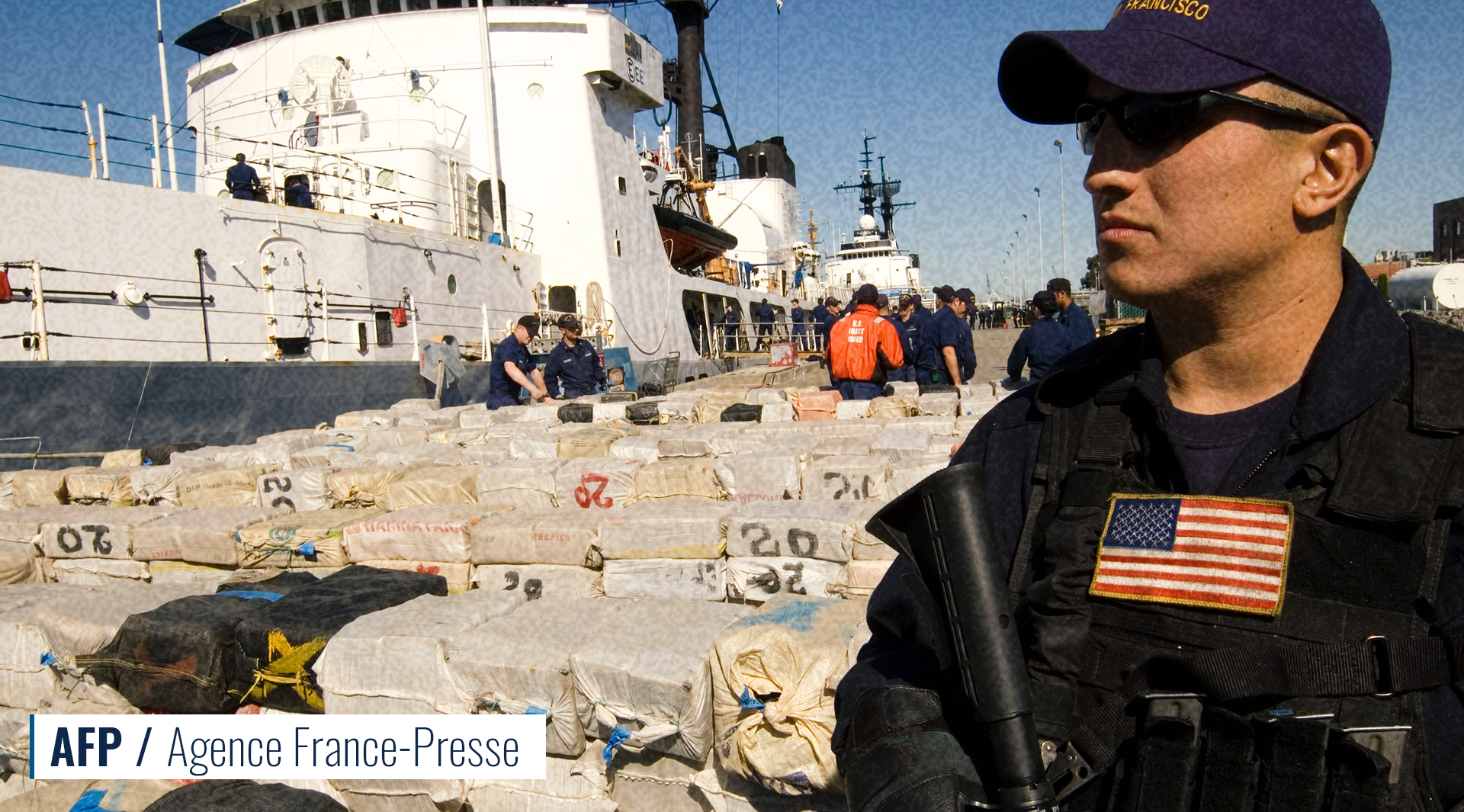ASYMMETRIC WARFARE BUILT ON DRUG NETWORKS
Drug trafficking can exist for purposes other than profit. That is especially true when we consider the Venezuela Threat Network and its founder, Hugo Chávez. The Venezuelan strongman was not a mere populist who became an anti-American socialist after years of U.S. aggression. Rather Chávez and his Bolivarian Revolution were from the outset dedicated to the development and deployment of illicit drugs for purposes of asymmetric warfare against the United States. [2]
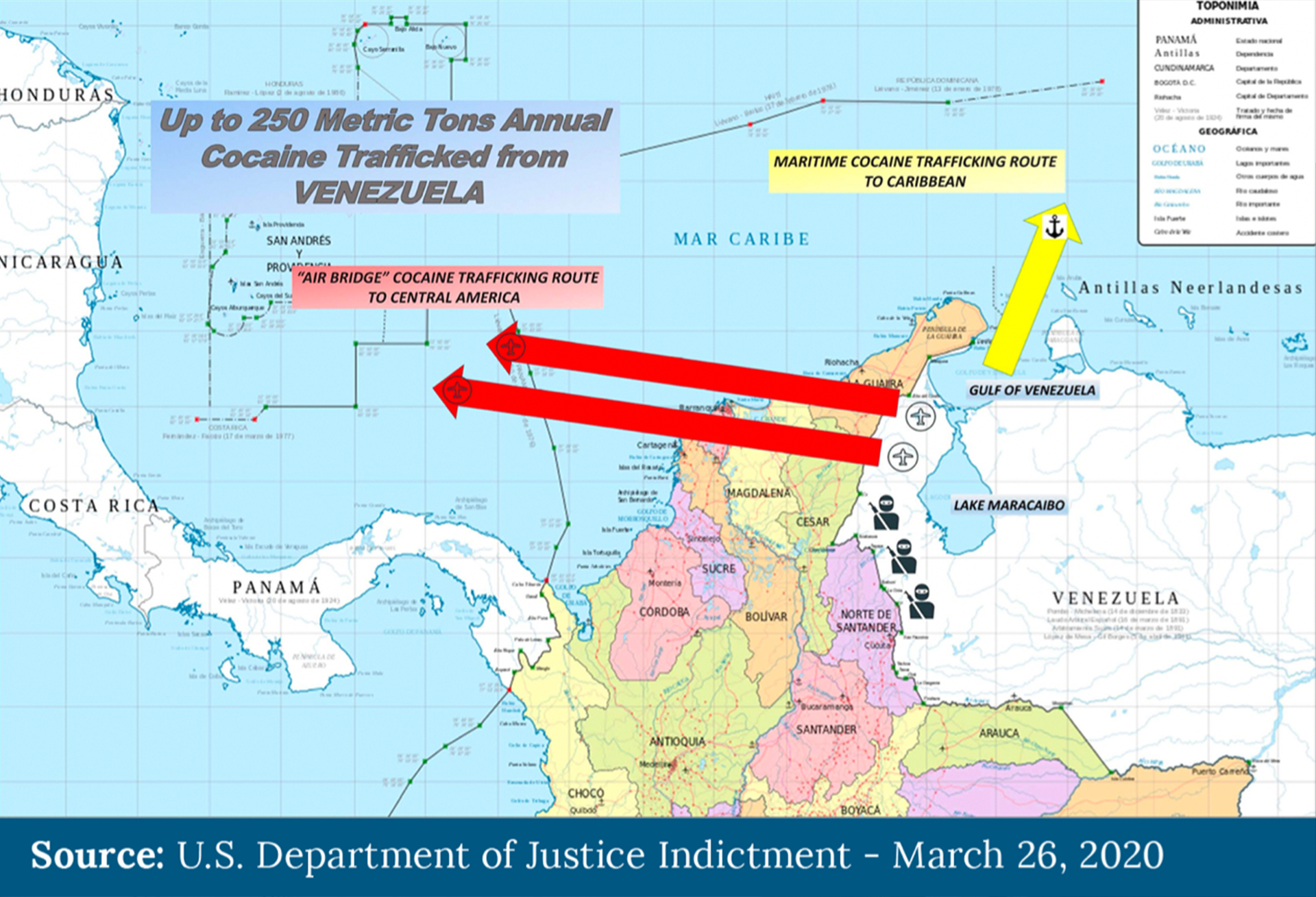
Recall that Venezuela has long been a transit point for cocaine produced in neighboring Colombia, Peru, and Bolivia. The country’s nascent drug networks consisted largely of informal, ad-hoc relationships between drug smugglers and corrupt officials. These irregular associations facilitated the use of border checkpoints, government offices, and other public resources for the covert transport of illicit narcotics. Hugo Chávez is credited with standardizing these networks, ostensibly making Venezuela into a “cocaine superhighway.” [3]
Part of Chávez’s major realignment was giving loyalists in the Venezuelan National Guard exclusive jurisdiction over ports, territories, airports, railways, and road networks. This move ensured trustworthy military officials were in control of logistics so that, among other things, proceeds from drug distribution would benefit the regime.[4] As Chávez realigned the National Guard, accusations swirled of corrupt troops collaborating with drug traffickers. By 1993, a year after Chávez’ failed coup, those accusations had a formal name: The Cartel of the Suns. The term derives from the insignia on the National Guard uniform, and was first used in conjunction with high-level investigations by the Drug Enforcement Administration (DEA) against Generals Ramon Guillen Davila and his successor, Orlando Hernandez Villegas for drug trafficking. [5]
By the mid-2000s, more elements of the National Guard joined the cartel activity just as Chávez leveraged the logistical infrastructure and economic strength of PDVSA – Venezuela’s state-owned oil company – to enhance his trafficking campaigns and to launder millions in profits. Massive amounts of cocaine would go on to transit Venezuela swiftly and efficiently on its way to the United States and Europe. [6]
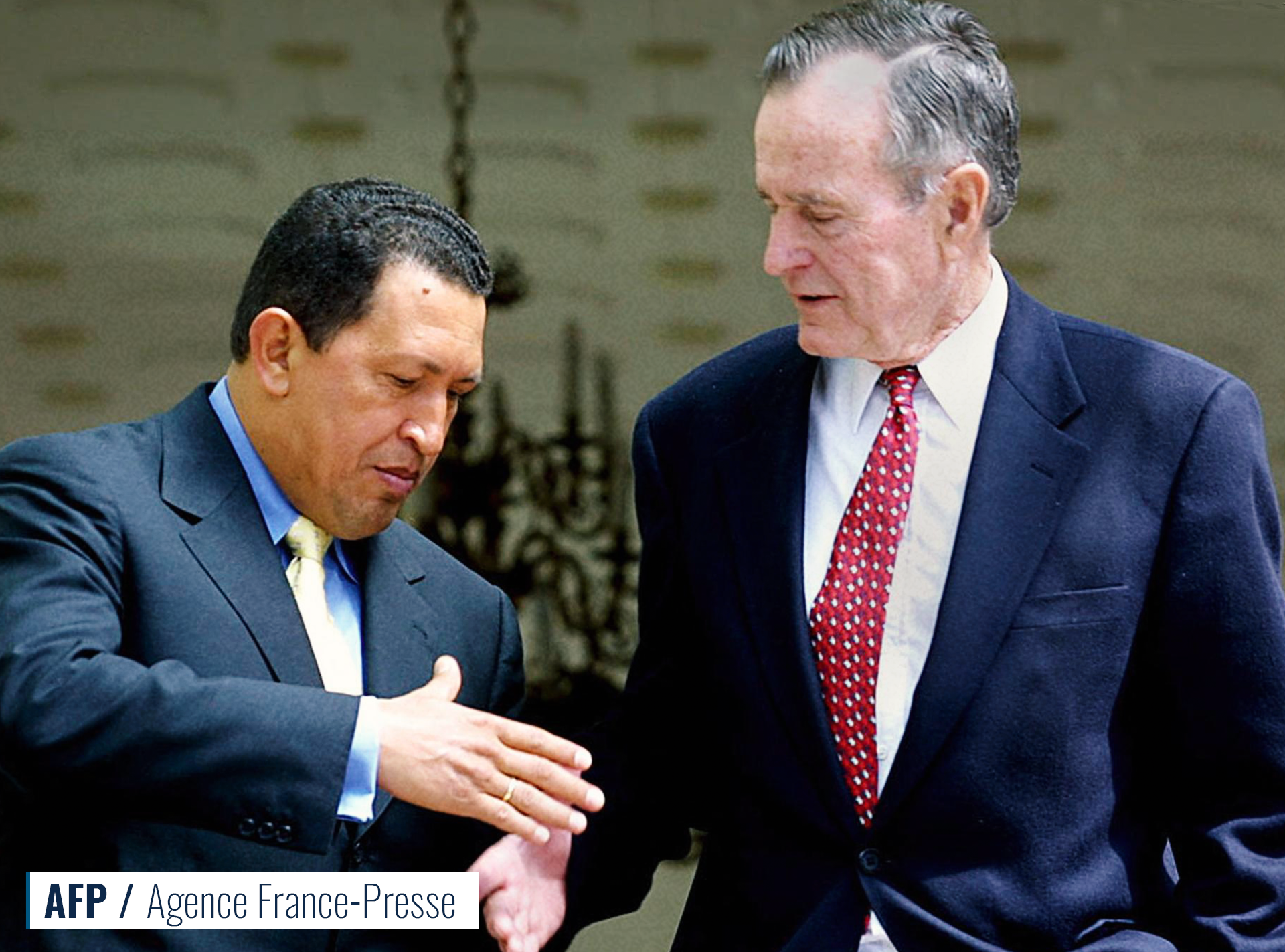
Meanwhile, Chávez’s carefully crafted image of legitimacy won him a meeting with Texas resident and former U.S. President George H. W. Bush after his son entered the White House in January 2001, presumably to leverage Bush family connections to the oil economy of Texas.[7] Critics warned that Chávez was a fraud who was hostile to U.S. counter-narcotics efforts and had concealed relationships with insurgents in Latin America who earned revenue from drugs.[8] Those concerns were validated in 2005 when the U.S. government announced that Venezuela had “failed demonstrably” to adhere to its drug control obligations under international counternarcotic agreements.[9] Chávez abruptly stopped cooperating with the DEA that same year.[10]
Then in 2006, Chavez established the autonomous and decentralized body La Oficina Nacional Antidrogas (The National Anti-Drug Office or ONA) through executive order. Roughly equivalent to the DEA, the ONA was charged with “combating” narcotics trafficking in the Bolivarian Republic of Venezuela.[11] In reality, according to the U.S. Department of Justice (DOJ), a high-ranking National Guard officer and director of the ONA, Nestor Reverol, aided internal and external drug operations from 2008 to 2010. Traffickers would obtain cocaine from Colombia, transport the cocaine to Venezuela, and then move the drugs to Central America and Mexico and onto the United States.[12]
Two years later, documents seized by the Colombian military during a 2008 raid directly linked Hugo Chávez to the FARC. The documents outlined how Chávez had sent the FARC a $300 million loan for new weapons and other equipment and agreed to take repayment in the form of cocaine shipments.[13] The cache also showed that Chávez’s support for the FARC had begun seven years before he even entered office in 1999. Douglas Farah, American national security scholar, explains that Chávez was “most active” with the FARC only after they had emerged as a “drug trafficking organization.”[14]
By 2010, the Venezuelan drug networks were reported to have exported 10 tons of cocaine a month to the United States.[15] As of 2022, Venezuela is responsible for distributing close to 400-450 metric tons of cocaine out of the global cocaine market of ~1800 metric tons. Therefore, the Cartel of the Suns went from a ~1% portion of the global market in 2010 to close to ~25% of the global market today. [16]
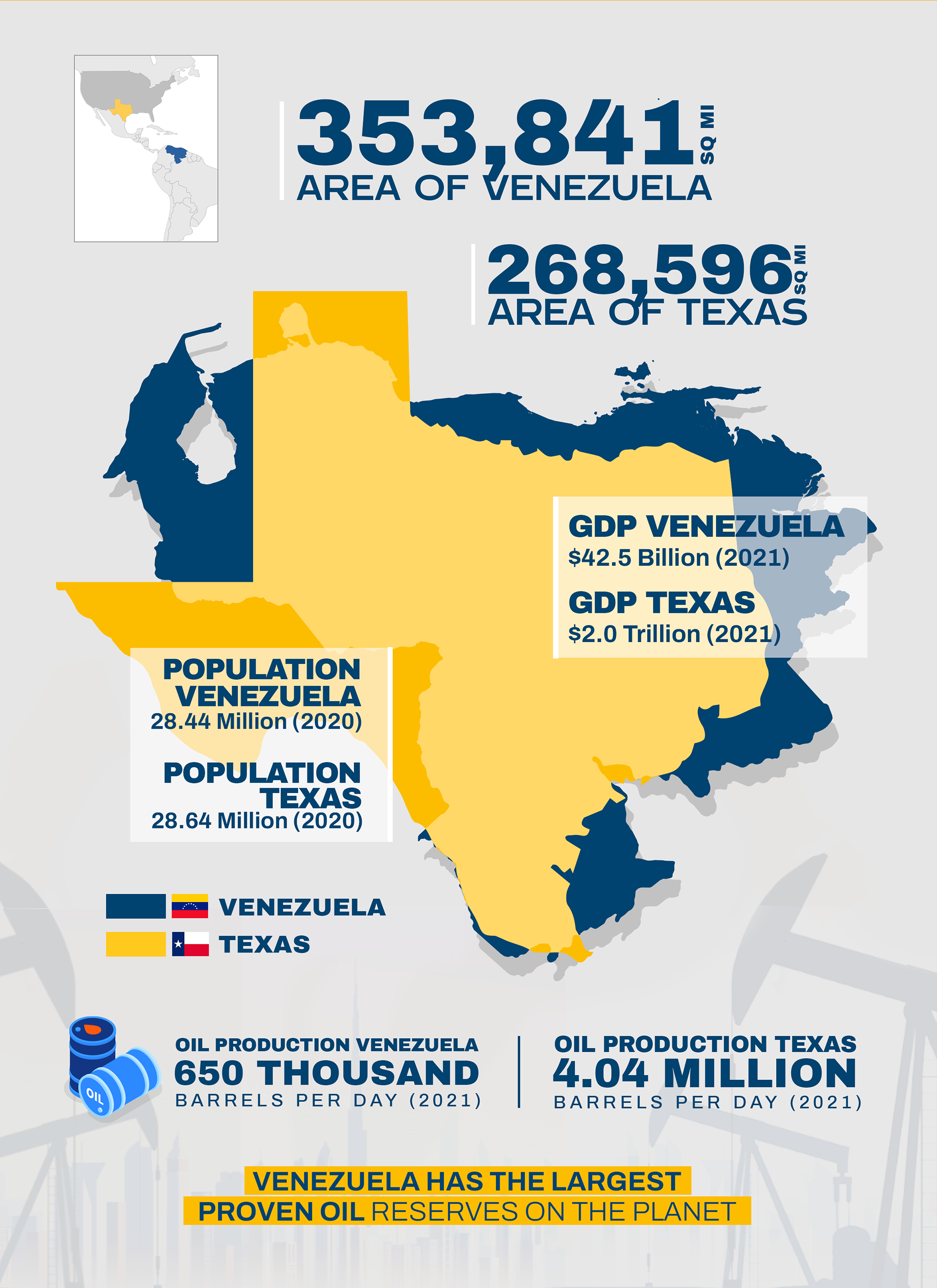
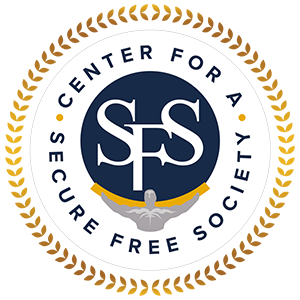
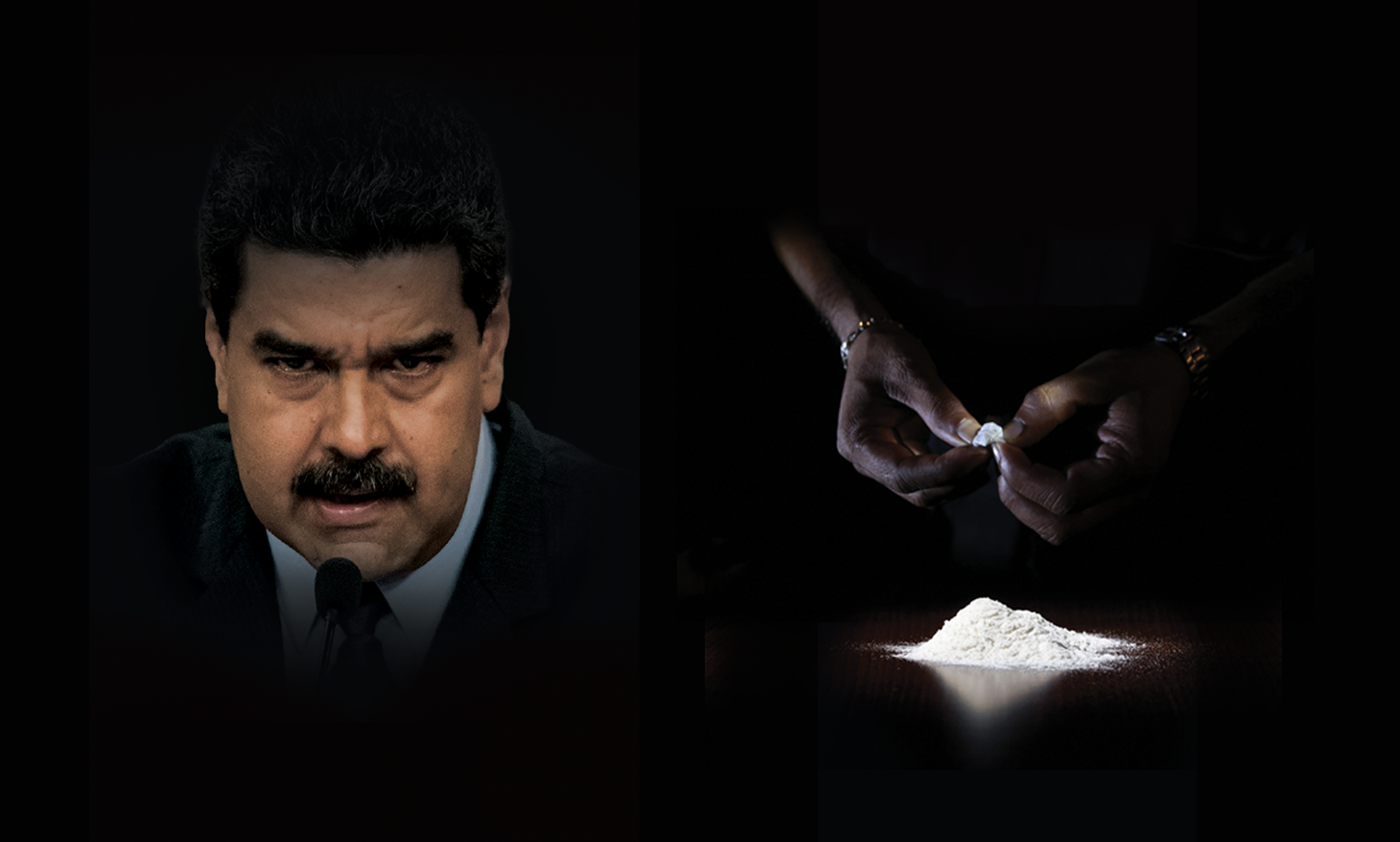
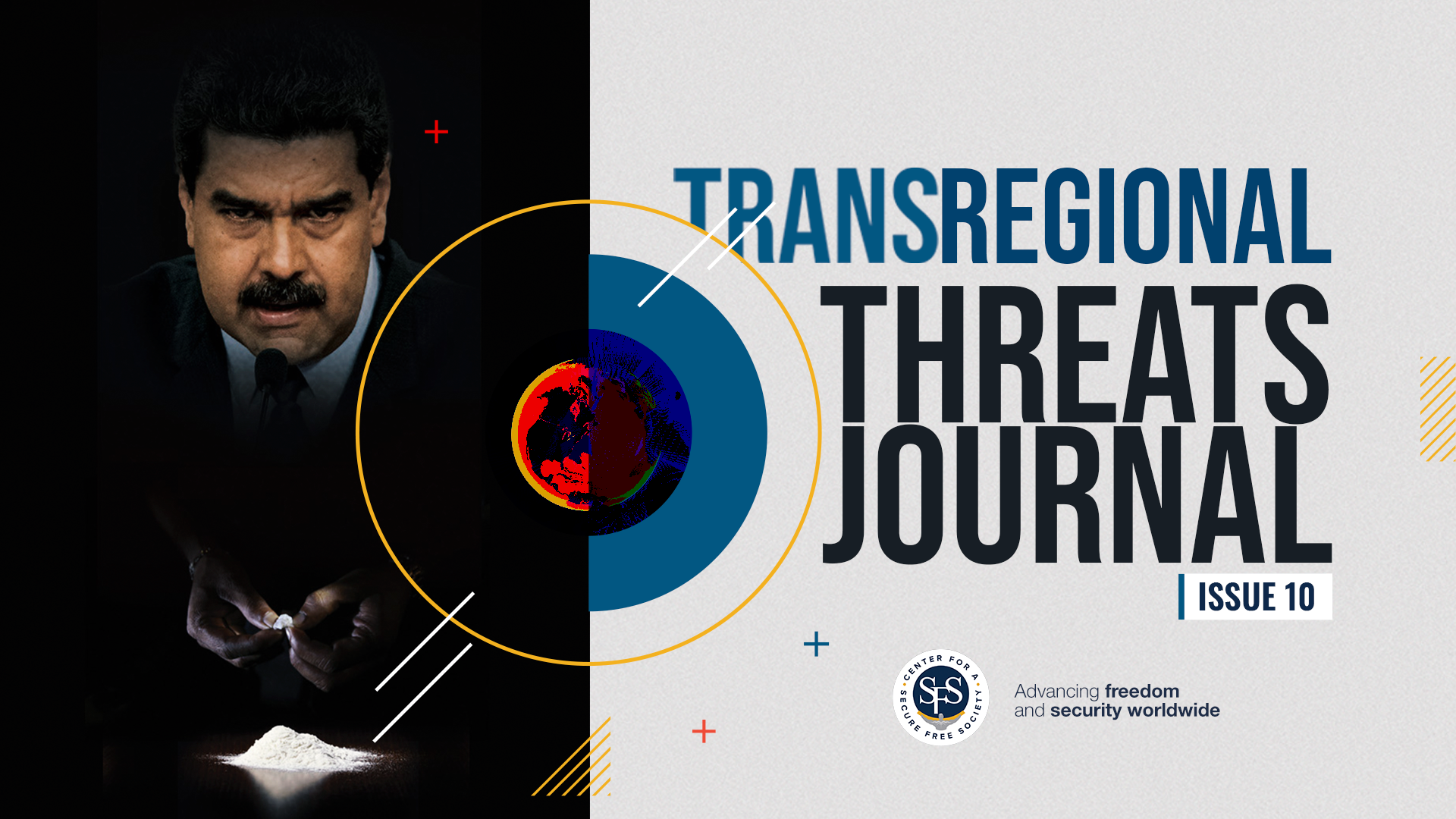
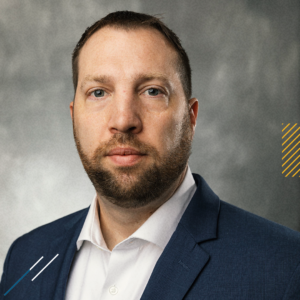 Dr. Grantham has also served as the Senior Fellow of National Security at the National Center for Policy Analysis (NCPA) and, before that, as an officer in the United States Air Force and Special Agent with the Air Force Office of Special Investigations (AFOSI).
Dr. Grantham has also served as the Senior Fellow of National Security at the National Center for Policy Analysis (NCPA) and, before that, as an officer in the United States Air Force and Special Agent with the Air Force Office of Special Investigations (AFOSI).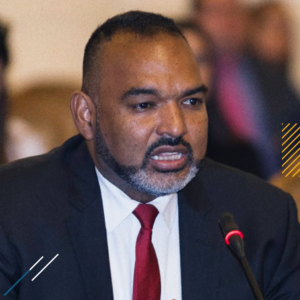 José Gustavo Arocha is a national security expert and SFS Senior Fellow, specialized in analyzing civil-military relations, violent conflicts, complex systems, and counter-transnational organized crime. He is a retired Lieutenant Colonel from the Venezuelan Army, having fled his home country in 2015 after confronting the totalitarian regime.
José Gustavo Arocha is a national security expert and SFS Senior Fellow, specialized in analyzing civil-military relations, violent conflicts, complex systems, and counter-transnational organized crime. He is a retired Lieutenant Colonel from the Venezuelan Army, having fled his home country in 2015 after confronting the totalitarian regime.